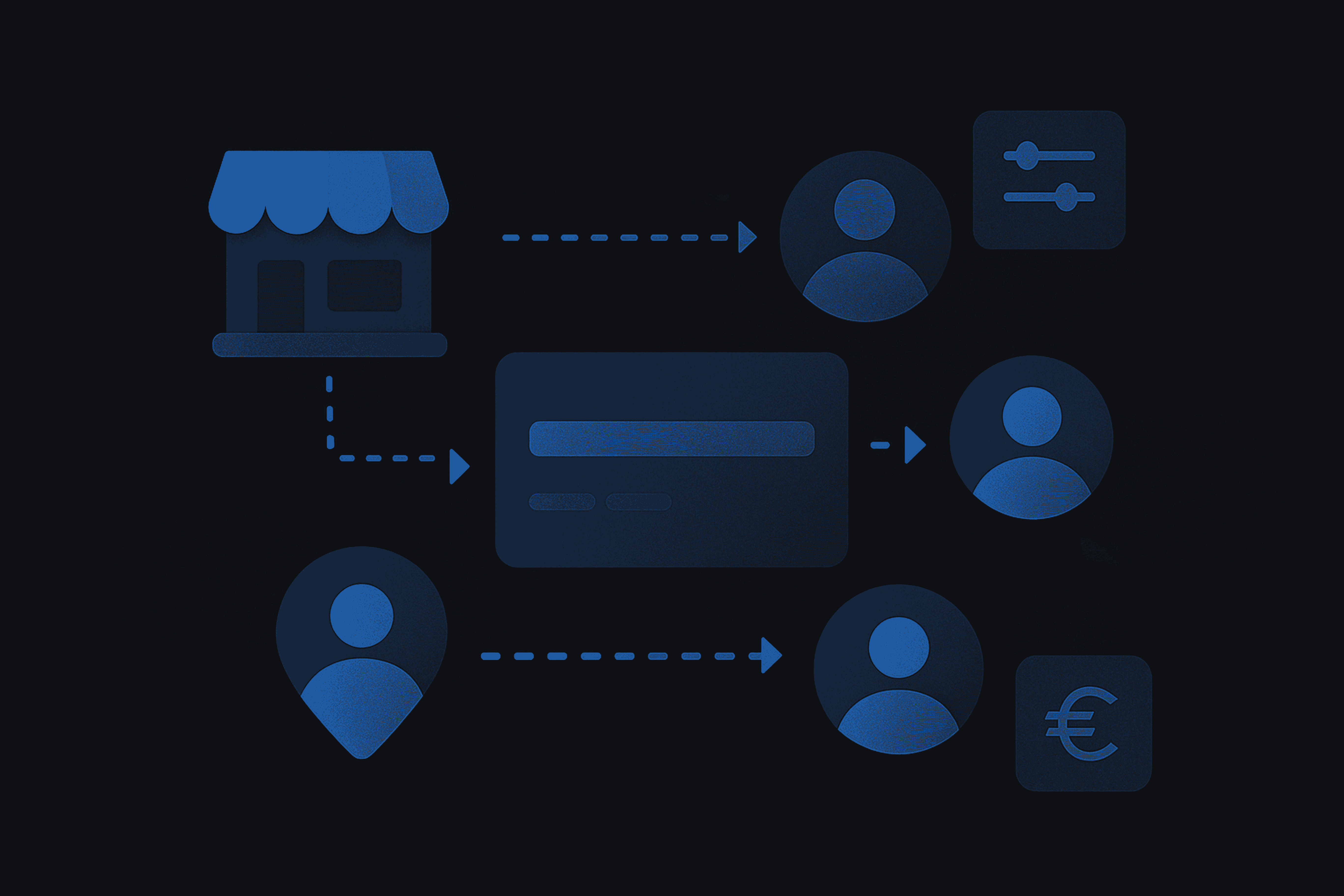
Personalization in payments means tailoring the transaction experience to individual customer preferences, behaviors, and needs. Rather than offering generic payment options, businesses now customize everything from payment methods and checkout flows to rewards and notifications. This approach has become crucial as consumers increasingly expect experiences that adapt to their unique requirements across all touchpoints.
Modern commerce demands both convenience and relevance. Customers want payment processes that feel intuitive and effortless, while merchants need solutions that drive revenue growth and customer retention. The intersection of these needs creates opportunities for businesses to differentiate themselves through thoughtful payment personalization.
Today's consumers expect seamless payment experiences whether they shop through mobile apps, websites, or physical stores. They want their preferred payment methods readily available, from digital wallets and buy-now-pay-later options to cryptocurrency and traditional cards. Speed matters tremendously, with customers abandoning purchases if checkout takes longer than expected.
Cross-channel consistency has become non-negotiable. Customers who start a purchase on mobile expect to complete it in-store without friction. They want payment history, saved preferences, and loyalty rewards to follow them across all interaction points.
Merchants, meanwhile, seek payment solutions that increase sales conversion while building lasting customer relationships. They need systems that reduce cart abandonment, encourage repeat purchases, and provide insights into customer behavior. The ability to compete effectively in crowded markets often depends on delivering superior payment experiences.
Payment method optimization forms the foundation of personalization. Businesses should offer region-appropriate options and display them based on customer location and past preferences. Local currency conversion and familiar payment brands reduce friction for international customers.
Artificial intelligence and data analytics enable sophisticated personalization strategies. These technologies analyze purchase history, browsing behavior, and demographic information to suggest relevant payment terms, promotional offers, and loyalty rewards. Machine learning algorithms can predict which payment methods customers prefer for different transaction types.
Streamlined features enhance the personalized experience. One-click payments eliminate repetitive form filling, while digital wallet integration provides secure, convenient transactions. Customized notifications keep customers informed about payment status, delivery updates, and exclusive offers without overwhelming them with irrelevant messages.
Conversion rates improve significantly when customers encounter familiar, convenient payment options. Studies show that offering preferred payment methods can reduce cart abandonment by up to 30%. Faster checkout processes directly correlate with higher completion rates across all customer segments.
Customer loyalty strengthens through personalized experiences that demonstrate understanding of individual preferences. When businesses remember payment choices and offer relevant rewards, customers feel valued and understood. This emotional connection translates into repeat purchases and positive word-of-mouth referrals.
Competitive advantages emerge for businesses that master payment personalization. In markets where products and prices remain similar, superior payment experiences become key differentiators. Companies that adapt quickly to changing payment preferences often capture market share from less responsive competitors.
Artificial intelligence serves dual purposes in modern payment systems. While enabling personalization, AI algorithms simultaneously conduct real-time risk assessment and fraud detection. Machine learning models analyze transaction patterns to identify suspicious activity without disrupting legitimate purchases.
Data privacy compliance requires careful attention as personalization depends on customer information. Businesses must implement robust security measures while maintaining transparency about data usage. Regulatory frameworks like GDPR and CCPA demand explicit consent for data processing, making clear privacy policies essential for sustainable personalization strategies.
Payment personalization has evolved from a nice-to-have feature into a business necessity. Customers now expect tailored experiences that reflect their preferences and simplify their purchasing decisions. Merchants who embrace personalization technologies and strategies position themselves for sustained growth in an increasingly competitive landscape. The future belongs to businesses that can deliver both security and personalization, creating payment experiences that customers actively prefer over alternatives.